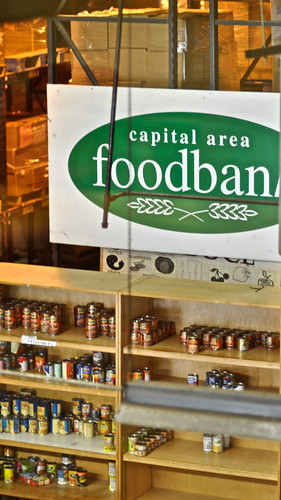During the holiday season, food banks across America experience a spike in demand and this year is no different. Today that seasonal demand is also bolstered by a significant rise in client numbers because of the current U.S. economy.
One of those food distributors seeing an uptick in demand is the Capital Area Food Bank, a food hub with more than 700 partners that distribute commodities to locations in the District of Columbia, northern Virginia and parts of Maryland.
Shamia Holloway, communications manager of the Capital Area Food Bank, said the hub has seen a 25 percent increase in demand since the start of the recession roughly three years ago, and the demographic of recipients has changed. “We’re seeing many more middle-class visitors, people who have never been to the food bank before. We’ve even had former donors return as clients.”

USDA is proud of its support of food banks via The Emergency Food Assistance Program, which distributes commodities to supplement the diets of low-income families. In the early 1930s, USDA established a food distribution program to shore up farm prices and help American farmers suffering from the economic mayhem of the Great Depression. Millions lost their jobs and couldn’t support themselves and their families, and the danger of malnutrition among children became a national concern.
Several USDA agencies sustain the federal government’s modern-day food distribution program. The Food and Nutrition Service (FNS) manages The Emergency Food Assistance Program. The Agricultural Marketing Service (AMS) purchases meat, poultry, eggs, fish, fruit and vegetable products; the Farm Service Agency (FSA) purchases dairy and peanut products, cereals, grains and vegetable oils.
FNS then coordinates distribution of the commodities to states based on unemployment numbers and residents with incomes lower than the poverty level. The states disperse the food to local agencies, usually food banks.
Every day the employees of USDA work to help support those who struggle to feed themselves. Visit the FNS website to find out more about USDA’s nutrition programs.
